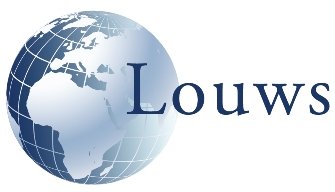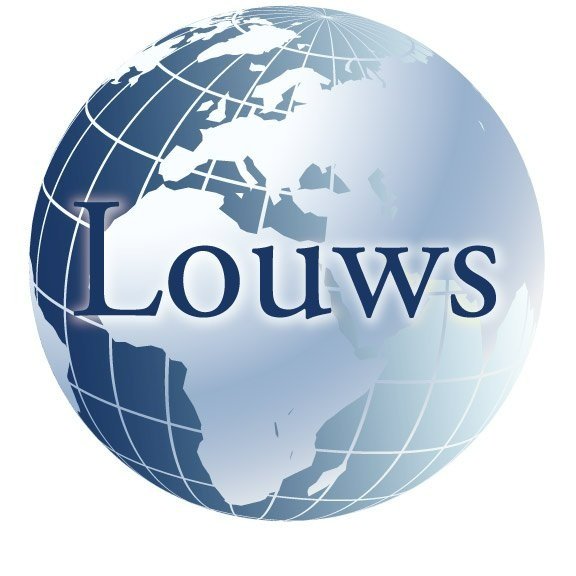Getting rid of Stage Fright - once and for all!
Stage fright is not a medical condition, nor does it have anything to do with one’s heritage, DNA or genetics.
It has been one of the single most misdiagnosed conditions of public speaking.
As a result, it has had no substantive resolution – until now!
Symptomatically, it is easy to define. Butterflies. Excessive sweating. Turning red. Going blank. Tightness in the throat.
These physical phenomena, easy to observe, have been the target of most ineffective solutions.
Deep breathing. Pick a spot at the back of the room. Imagine the audience naked. Take a drink. Take a pill. None have lasting effect.
So, what’s the cause?
First we need to recognize it’s not physical. It’s mental.
Hypnotists have long known they can get their patients to feel no pain while awake but under their mental command. (If you can accept the idea that thought can affect physical reaction, then you get it.)
Case in point: You see a car coming at you. First, you’re scared (mental) then you immediately start sweating and feel flushed (physical).
Insight #1: Noticing that presenters’ nervousness always elevated when confronted (faced with) with an actual audience. That’s when stage fright kicked into high gear. If the audience was asked to turn away from this same presenter their nervousness goes down dramatically.. (We’ve tried this repeatedly - literally 1,000’s of times - with the same result).
Therefore, we conclude their ability to easily confront (face up to) a group of people needs to be addressed.
Insight #2: Observing how presenters who become engaged with their audience typically become calmer and more composed.
Therefore, we can deduce that trying to speak with the group being unengaged (like giving a speech) or reading from slides or teleprompters are triggers to nervousness.
With these two insights, solutions became quite obvious.
Solution #1: Speak to individuals within the group instead of the group as a whole.
Do this by completing an idea with one audience member at a time. Look for some form of feedback and when you get it, move to the next person.
If you do not get feedback, no worries, just complete what you are saying to the person and move on to the next person.
The key is to make a real effort to connect individually with members of your audience, showing them that they, not your slides or content, are the most important.
To help you do this with audiences you know, match the content with the person. In other words, if you are speaking about sales, speak with the sales rep, franchise owner or CMO.
If, on the other hand, you’re speaking about consumer research findings, go over and speak with the company’s analyst, consumer insights manager or sales reps who are looking for new ways to position the sale of their products.
What not to do: Scan the room like a machine gun on automatic or spend too much time reading from and to your presentation aids. These serve to “avoid” speaking with the audience and inevitably perpetuate stage fright.
Another little insight the author learned when giving one of his first speeches in a state of absolute fear - after the speech, a kind old man came up to me and said. “Son, I noticed you were a bit nervous. Well, don’t be so selfish. Remember the presentation is for the audience, not you.” First lifechanging insight that has served thousands of students since then.
Solution #2: Engage with, versus pitch to, an audience.
It’s one of the least utilized yet most persuasive methods of giving a presentation while substantially reducing the nerves.
Here is a list of things you can do to engage an audience;
Ask questions,
Hand things out for the audience to touch and feel (products – both those of the audience and their competition),
Do demonstrations,
Ask the audience to take notes on key points of the presentation (provide them with keynote pages onto which they can take notes),
Use examples and analogies to make your points more poignant and real (relevant) to the audience,
Refer back to something you discussed with members of the audience outside the presentation. “John, this addresses what you and I were talking about over lunch yesterday”.
Something as simple as “before I move on to the next section of the presentation, is there anything you’d like clarified? works wonders for the nerves. Plan this as a placeholder in the first 5” - 10” of the presentation.
Pre-plan when and where in your presentations you will engage until it becomes second nature to you.
For those of you who have trouble with the first few minutes of the presentation, this is where engaging the audience can pay dividends!
Try using these absolutely magical words “before I start the presentation…” (and then insert any of the questions below)
“Did you receive the Agenda we sent ahead by email? – Any questions?”
“Since I know we are under a time pressure, are there any changes to the 30 minutes we have allotted for this presentation?”
“Lou, thank you for inviting the group together today. Are there any items you would like to add to the Agenda since our last discussion on Wednesday?”
In each case, you engage with the group before you actually start presenting. This calms things down (including you).
It has the remarkable effect of settling things down especially with virtual meetings and presentations.
Solution #3: Start every presentation or speech you give with a BANG!
B = Big
A = Amazing
N = Needed
G = Gift
Example: “Today we are going to show you how to increase sales by at least 25% over that which you are currently enjoying.”
Example: “We are here to answer a single question. How do we compete against the likes of Wal-Mart, Target and Sears with a fraction of their budget?”
Once you see the audience’s response to the BANG, this inevitably gives you engaging feedback to boost your confidence allowing you to confidently provide the audience that which you promised you would be doing for them and their business.
If you missed it, see how to start a presentation using the legal approach in the blog titled: “Winning your Case”.
Next Month: Part 1 of a 4 part series on Leadership.


